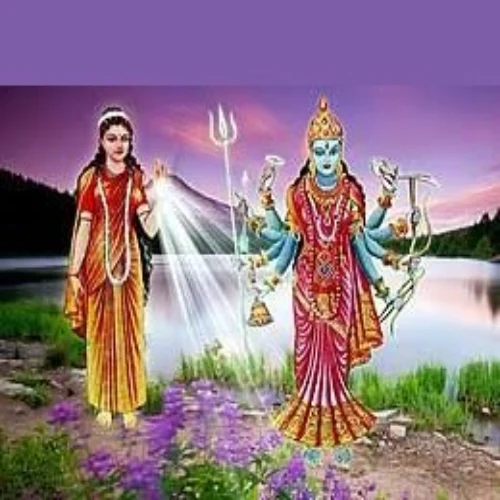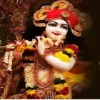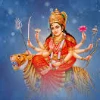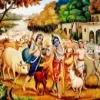Kaushiki Devi, also known simply as Kaushiki, is a revered goddess in Hinduism, particularly within the Shakta and Tantric traditions. She is an aspect of the goddess Durga and is celebrated for her role in cosmic creation, protection, and divine power.
Key Aspects of Kaushiki Devi:
Name and Meaning:The name "Kaushiki" is derived from "Kaushika," which means "one who is born from the Kaushika lineage" or "the one associated with the Kaushika clan." The term "Devi" means goddess, signifying her divine status.
Iconography: Kaushiki Devi is typically depicted as a radiant and powerful goddess with a majestic presence. She may have multiple arms, each holding different symbolic items such as a lotus, conch shell, or discus. Her form emphasizes both grace and strength, often adorned with traditional jewelry and attire that reflect her divine nature.
Role and Significance:Kaushiki Devi is venerated as a powerful and protective goddess. She is considered to embody the divine feminine energy and is associated with cosmic creation and protection. Devotees seek her blessings for strength, protection, and overcoming obstacles.
Worship and Rituals: Worship of Kaushiki Devi involves various rituals, including offerings, prayers, and recitations of her hymns and mantras. Devotees may conduct specific pujas (rituals) dedicated to her, often focusing on invoking her blessings for protection and prosperity.
Temples and Pilgrimage: Temples dedicated to Kaushiki Devi may be found in various regions, particularly where Shakta traditions are practiced. The specific practices and locations for her worship can vary, reflecting the regional and sectarian differences within Hinduism.
Mythological Significance: In Hindu mythology, Kaushiki Devi is sometimes identified with the goddess Durga or Kali in her more specific forms. She is believed to be a manifestation of the divine energy that plays a crucial role in cosmic functions such as creation, preservation, and destruction.








